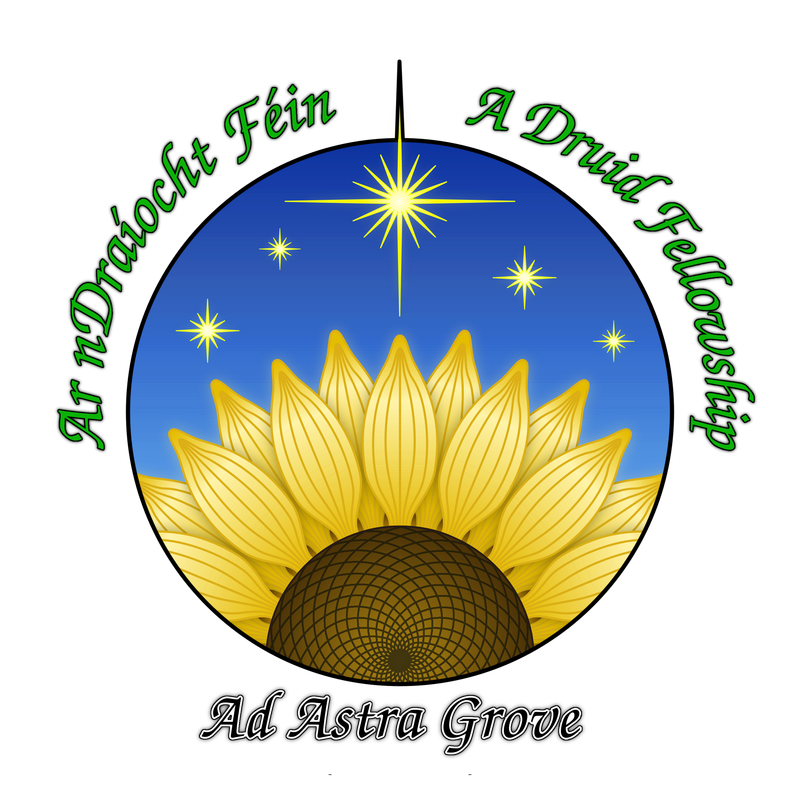Christ’s analogy goes as follows: The Goddess is in touch with everything because everything is apart of her body; just as cells are part of my body. I, as an individual, could be considered like an electron in a cell in the overall body of the Goddess/universe. It is a theology that is strongly monist, if not strictly monotheistic. Her analogy leaves me to wondering why it is that we do not feel this connection with the divine all the time, or why people who have tried desperately to have a connection to deity never feel her there.
Greer’s analogy goes as follows: There are a series of neighbors who argue if there is a stray cat in the neighborhood or not. One neighbor says that the cat has never been seen, and there is no evidence for the cat’s existence. Another neighbor talks about how they left food out for the cat, and since the food disappears, then there is evidence for a cat. Another talks about how they have seen the cat and can describe what color its fur is. Another neighbor tells of seeing several cats and can describe how they all look different from one another.
When I was younger and had a strong Christian faith that was monotheistic, I would have agreed more with Christ’s view of the divine. I had a relationship with that God that informed me how to act and gave advice on who I should be. I felt His presence with me constantly, and never felt He was distant. There was a connection, that while weak, was always there.That relationship was strong until I was in my early thirties, and then it fell apart. It was the worst possible type of break up, and it left me with many scars. I began to question if I ever really had a relationship with that God, or if that God had been anything other than a sock puppet in my head.
It was during this time of agnosticism that I began to explore Paganism. I started with the generic God and Goddess, and tried to feel some form of connection to an energy outside of myself. I felt nothing. There was no connection, and I began to despair. To use Greer’s analogy here, I would have argued that something other than a cat had been eating the food left out on the porch, or that the cat didn’t exist at all.
My exploration of Paganism brought me to ADF. ADF has a basic training for all members called the dedicant’s path (DP). As part of the DP, we are encouraged to find a hearth culture to work in from amongst the indo-european pantheons. I figured that if the Gods really existed, this was a way to get one of them to talk to me. It would be a bit like putting some food out on the porch and waiting in the dark to see what style of animal showed up to eat. I started with the Celts, and then after a bit moved on to the Slavic pantheon. My frustration grew as nothing happened. If I had been aware of Greer’s analogy at the time, I would have began to feel that I was wasting my time trying to spot that damn cat eat the food I had placed on the porch. Many in ADF follow the Norse pantheon, so I thought maybe power in numbers might be the way to go. I received nothing but silence from that group of Gods. Not only had I not felt that soft connection of being a cell in a body, but I hadn’t had a chance to see a cat either. I was becoming that neighbor who thought the others who claimed a stray cat was in the neighborhood were crazy.
It wasn’t until a Goddess, from a pantheon that I had completely ignored, made contact, that I felt that connection again; a connection that I had not experienced since giving up monotheism. Athena came to me when I was in a state of anxiety about how best to help my son with issues of depression that revolved around his schooling. She came to me and gave me the advice I needed as well as introduced me to a world full of Gods. She was the cat that brought me into the belief that not only was there a neighborhood cat or two, but many.
While I can understand Christ’s analogy and wish that there was a Goddess who always had contact with me, who showed concern and connection at all points in my life; this was not the reality of my spiritual walk. There was a marked period of my life in which that connection was missing and unfelt. I have come to think that Greer’s analogy explains why some of us do not experience the divine, even though there might be a strong desire for that connection, even when the divine does exists. For what ever reason, sometimes the divine beings choose not to reveal themselves. Maybe we just somehow miss spotting them. I find that Greer’s cats are a better way to explain that than Christ’s Body of the Goddess.



 RSS Feed
RSS Feed
